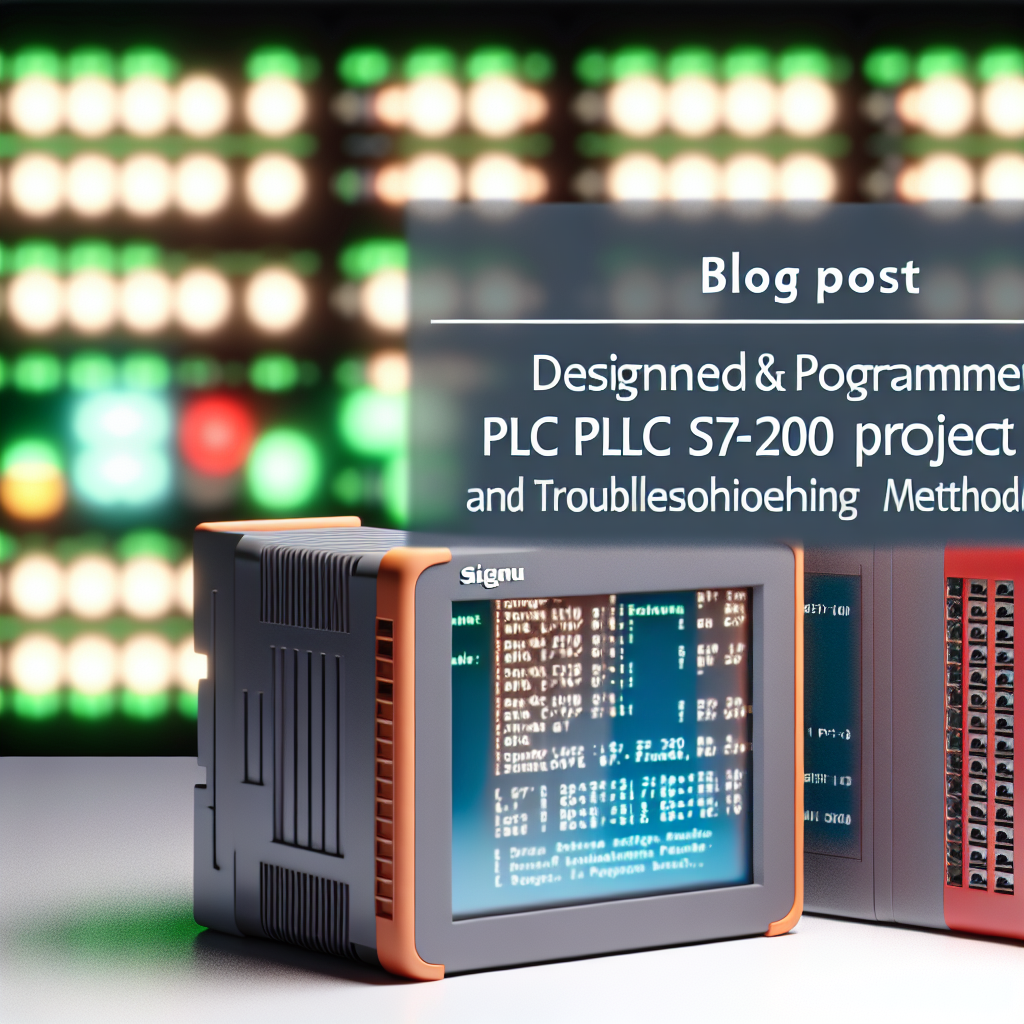The S7-1200 PLC Practical Project offers a valuable opportunity for engineers and automation enthusiasts to understand industrial control systems through hands-on application. In this article, we will explore the essential steps to design, program, and troubleshoot a typical S7-1200 PLC project, ensuring a comprehensive understanding of its capabilities and real-world implementation.
Designing the Control Logic for Your S7-1200 PLC Project
Creating an effective control logic is fundamental for the success of your S7-1200 PLC project. Start by clearly defining the process requirements—whether automation of a conveyor, pump, or lighting system. Use software such as TIA Portal to develop a logical sequence using ladder logic, function blocks, or structured text. When designing, consider safety features, process interlocks, and fail-safe mechanisms to ensure dependable operation.
The **hierarchical approach** is recommended to organize your control structure, beginning with input processing, then decision-making, and finally output activation. Testing your logic in simulation before deployment helps identify potential errors. Additionally, implementing modular code enhances maintenance and scalability, making updates and troubleshooting more efficient in complex systems.
Programming and Troubleshooting the S7-1200 PLC
Once your control logic is finalized, proceed with programming the S7-1200 PLC using TIA Portal. Download the program to the PLC, and verify the connections of input and output devices. Proper configuration of hardware addresses ensures reliable communication between the PLC and peripheral devices.
During operation, systematic troubleshooting is crucial. Use diagnostic tools within TIA Portal to monitor real-time data, check for communication errors, and diagnose hardware malfunctions. Implementing debugging techniques such as forcing inputs/outputs and stepping through program logic helps quickly isolate issues. Regular testing and calibration guarantee the system maintains optimal performance over time.
Conclusion
The S7-1200 PLC Practical Project provides an insightful journey into industrial automation, emphasizing the importance of careful design, programming, and troubleshooting. By following a structured approach, users can develop reliable control systems tailored to various applications. Mastering these steps enhances both technical skills and confidence in managing complex automation projects, ultimately leading to more efficient and safe industrial operations.
